They slurp. They invent gunpowder. They spit. They stare. They even snot-rocket. They'll sneeze on your shirt while howling into their cell phone- volume control what? They don't speak-a-da English so much, but they will take your picture. 20% of the world lives within these borders. It's their land, you're the alien. A bit apprehensive? Naw, don't be. It's only China. There's nowhere else like it.
炒粉 [ Chǎo Fěn] The Chinese have been eating noodles for 4000 years, so why don't you step back and let them keep doing what they do. Flat rice noodles wok'd with soy. This type of dish eventually boated it's way down to Southeast Asia thanks to the immigrants of Guangdong and Fujian, morphing into similar, sweeter versions like Char Kway Teow (Malaysia) and Pad Siew (Thailand). In China they stay true to the dominating flavor of sodium chloride. Homie obviously hooked me up with one overflow of an order. I owe him a Guinness.
白酒 [ Bái Jiǔ ] This is rice wine, a.k.a. the original component of Chinese torture and the quickest way to cirrhosis since Popov. The burning sensation is expected, but the lingering aftertaste and after-burps these bottles of misery provide are positively heinous. Somehow this didn't stop us...probably because it's cheap as mud and there aren't many other options.
餃子 [ Jiǎozi] This is the steamed version of the pot sticker. Minus the sticking to the pot. You’ll find stacks of these dumplings available at any hour, although most popular during breakfast. Get yourself a set of 10 for around 5 Yuan ( 75 ¢ ). Pork and green onions of course.
Not in the land of Durian or Mangosteen anymore, but China can still provide some Vitamin C.
小籠包 [ Xiǎo Lóng Bāo ]. Baby steamed dumplings with a squirting surprise the whole family can enjoy. The inside contains a mix of pork and gelatinous pork broth. Once steamed, the gelatin melts a bit and turns into a salty swine-laced soup. We have a winner!
Outside of the lame tourist hot-spots it’s rare to find a menu with any resemblance of 'grish so before learning a few basic food characters we employed the point-and-pray method. Scored this time [picture menu didn't hurt]. Stir-fried shrimp with scallions. The shrimp were fried a bit crisp so the shell was fair game. I appreciate the heat provided as well.
A major player on many streets in most cities we visited were wok roasted chestnuts. One of those uncommon low-fat nuts, the chestnut provides mad fiber and flavor. Gluten free to boot! They heat 'em up in a pebble-filled wok until the shells burst. Buttery.
Roasted Duck noodle soup.
The Chinese, unsurprisingly have pride to spare with respect to their food. You just can't teach that type of passion and I love it. Chinese enjoy seeing the big-nosed foreigner sample their foods and if you can stomach it- instant street cred! Nighttime food-themed streets are a standard in big cities, where you can get anything from cotton-candy to pig ears.
蚵仔煎 [ Ké Zǎi Jiān ]. One of Fujian's most famous is the oyster omelet. A small army of oysters fried up with egg and green onions on a hot plate until crispy. This threesome of ingredients come together and make it work. Highly recommended. Plus, you get to eat about 30 oysters. That's never a bad thing. Unless you're A.C. Green.
Come head inland with me next. The locals get more curious and edible things get downright spicy and greasy.
Stay Atypical.

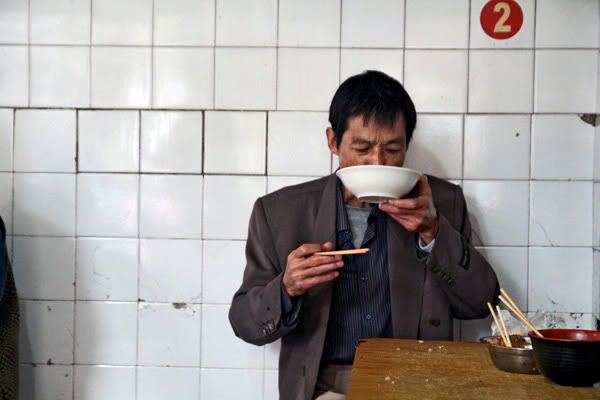

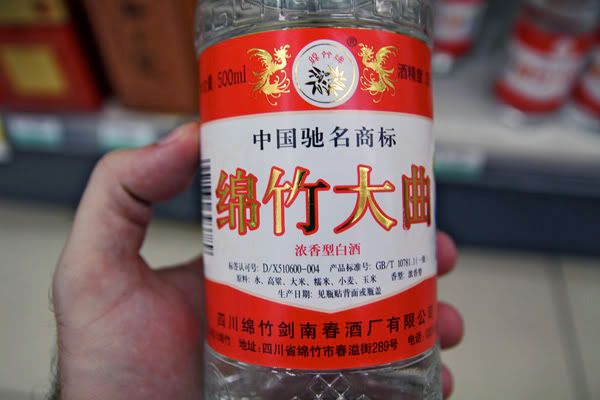
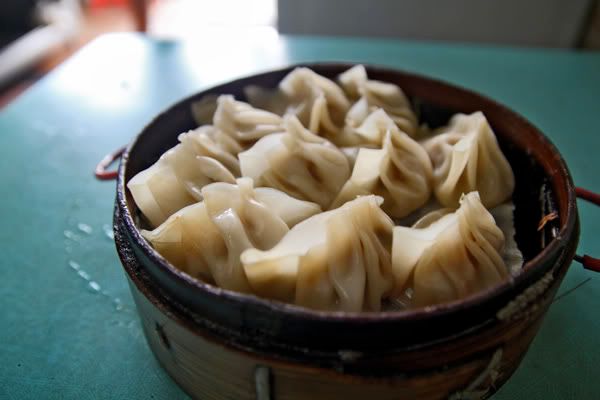
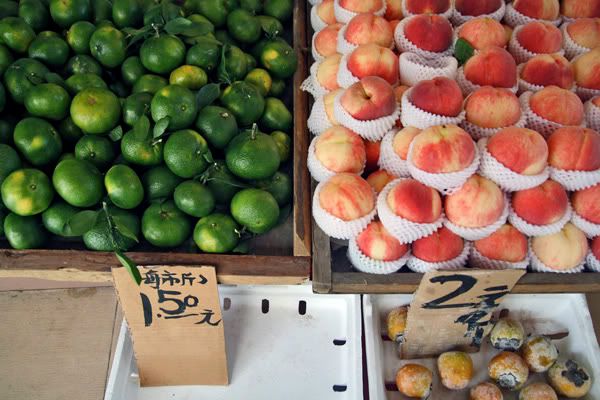
![小籠包 [ Xiao Long Bao ]](http://i950.photobucket.com/albums/ad344/globaleats/IMG_4285.jpg)
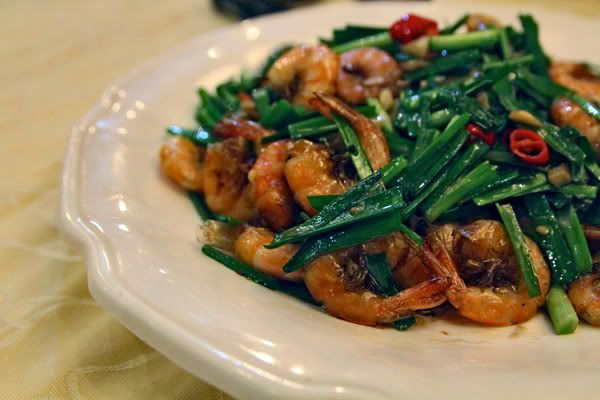

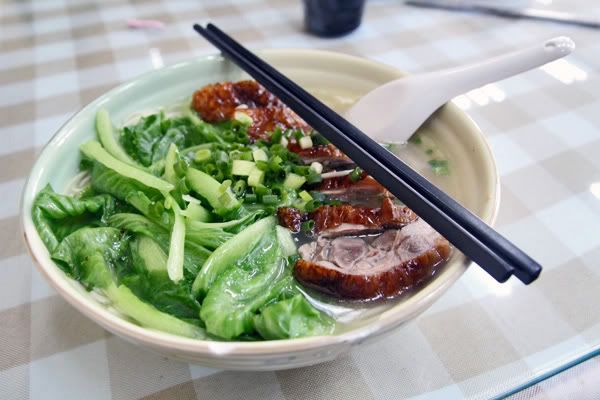


1 comment:
Great, Is it too much oil in Chinese food ^^
Post a Comment